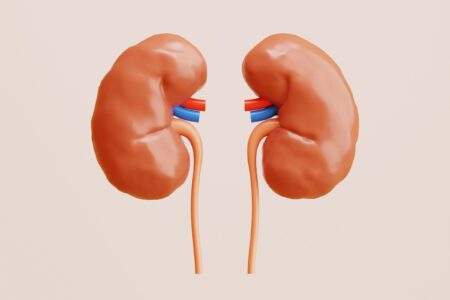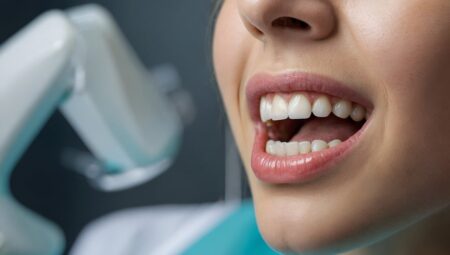When it comes to eye health, one should undergo periodic vision and eye examinations for preventive healthcare. Several problems arise in your eyes, and in the beginning, there are no symptoms or signs to make you feel that an issue exists. Specific tests during eye examinations need to be conducted to determine the nature of the problem so that treatment of any mild or severe condition can be started at the earliest.
Comprehensive eye exams – delving into patient history
Before you take comprehensive eye exams, the specialist will ask you about vision or eye problems that you might have had in the past, along with general questions about your overall health status like any past or prevalent ailment, medications, etc. The specialist will also ask you about family health history, especially those related to vision health. Besides the above, they will consider the account of any eye condition and symptoms of vision problems and the medicines you are taking before scheduling the examination.
Understanding the visual acuity test
One of the tests that your doctor will take is the visual acuity test, where measurements are taken for each eye to determine how accurately you can see reading charts from a distance. The results of this test are written in the form of a fraction like 20/40, where the maximum number denotes the standard length at which this test is done (20 feet). The bottom number is the smallest size of the letter you could read. This means that with a 20/40 reading, the person has to be within a distance of 20 feet to see the note clearly at around 40 feet. The average distance for the visual acuity test is 20/20.
Preliminary tests
Your eye doctor would wish to see specific aspects of the patient’s visual function and health. These tests include the evaluation of depth perception, eye muscle movement, color vision, side or peripheral vision, and how your pupils react to light.
The keratometry or topography test
These tests evaluate the cornea’s curvature, i.e., the eye’s clear outer area, by focusing a light circle on its cornea and measuring the reflection. This measurement is specifically significant in determining the ideal fit for a person’s contact lenses.
Refraction test
This test helps to determine the power of the lens for compensating any refractive error like astigmatism, farsightedness, or nearsightedness with the help of a particular instrument known as the phoropter. Here, your eye doctor will place a lens series in front of the eye and measure how they focus this light with a handheld instrument known as a retinoscope. After this test, your doctor might choose a tool that automatically evaluates your eye’s focusing power. The lens power is later refined based on your input on that lens that gives you a clear vision.
These are some of the comprehensive eye exams that your doctor will take to determine your eyes’ overall vision and health. Make sure to undergo these tests and follow all the instructions of the doctor if you really want your vision to improve.







